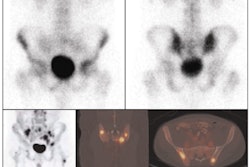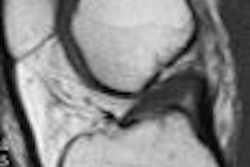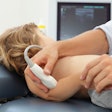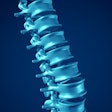Dear AuntMinnie Member,
Making sense of multidetector-row CT technology has become a much tougher task in recent years. Whereas it was once easy to tell how powerful a system was -- just count the detector rows -- you now have to analyze multiple factors, from temporal resolution to organ coverage to spatial resolution.
The differences are particularly salient when performing cardiac CT, due to the technical requirements of freezing the rapid motion of the heart. To help you make sense of it all, we're featuring an article by staff writer Eric Barnes on the new generation of cardiac CT technology in our Cardiac Imaging Digital Community.
The story analyzes the different approaches taken by the four major CT vendors, and discusses how each approach has its benefits for cardiac imaging. Find out which scanner may be right for you by clicking here, or visit the Cardiac Imaging Digital Community at cardiac.auntminnie.com.
False positives on knee MRI
In other news, staff writer Wayne Forrest looks at how different types of knee pathology can contribute to different rates of false positives on MRI exams in an article in our Musculoskeletal Imaging Digital Community.
Researchers examined knee MRI scans from over 500 patients and found that a majority of medial meniscal tear false positives occurred in patients with a certain type of tear. The location of the tear also affected false-positive diagnoses, they found.
Learn more by clicking here, or visit our Musculoskeletal Imaging Digital Community at msk.auntminnie.com.



















